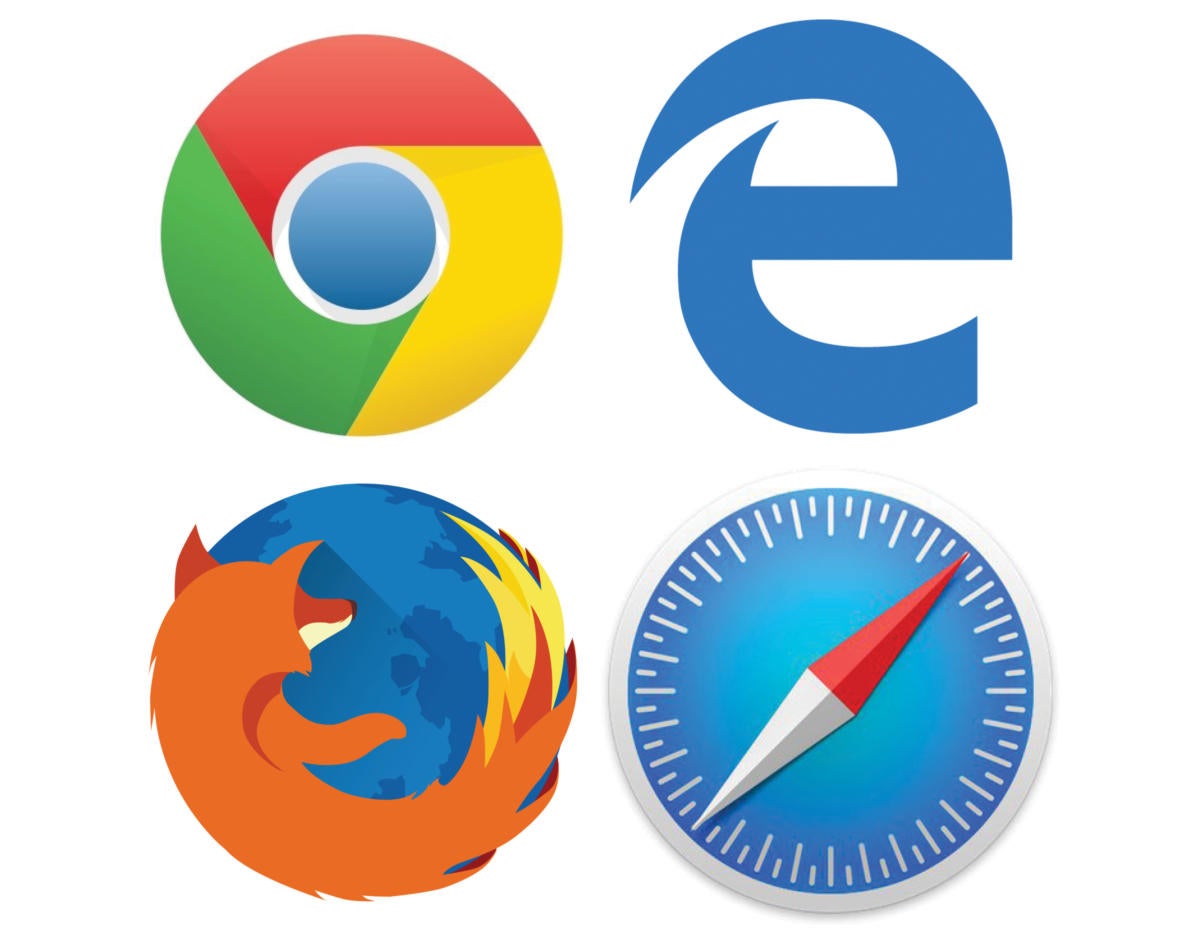A web browser is a software application used for accessing information on the World Wide Web. It is one of the basic components of the Internet, along with a network server and a client. The web browser uses Hypertext Transfer Protocol (HTTP) to request a webpage from a web server and display it for the user.
Users can type in a domain name, an IP address or a uniform resource locator (URL) of the web page that they want to view in the address bar. The browser then sends an HTTP request to the web server for the HTML page and any complementary files such as fonts and images. The server will process the request and send the page back to the browser in a package of information that is called a page description protocol (PDP). The browser then interprets the code to create the visual representation of the page including the layout, text, images, and multimedia content that the user sees.
Users can also customize their browsers with additional features such as search engines, pop-up blockers, and ad-blocking functionalities. They can even add extensions to customize the look and feel of their browser interface.
Modern web browsers come with built-in security measures such as private browsing modes, secure connections, and anti-malware technology. This allows users to stay safe while browsing the web.
In the early years of the Internet, web browsers were predominantly text-based in their nature. In 1993, the first graphical browser called Mosaic was released. This marked the start of the era of web browsing as we know it today. Other popular web browsers include Google Chrome, Microsoft Edge, Mozilla Firefox, and Apple Safari.





